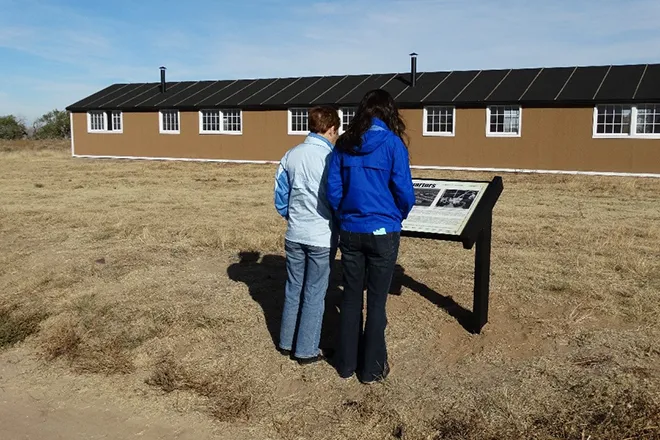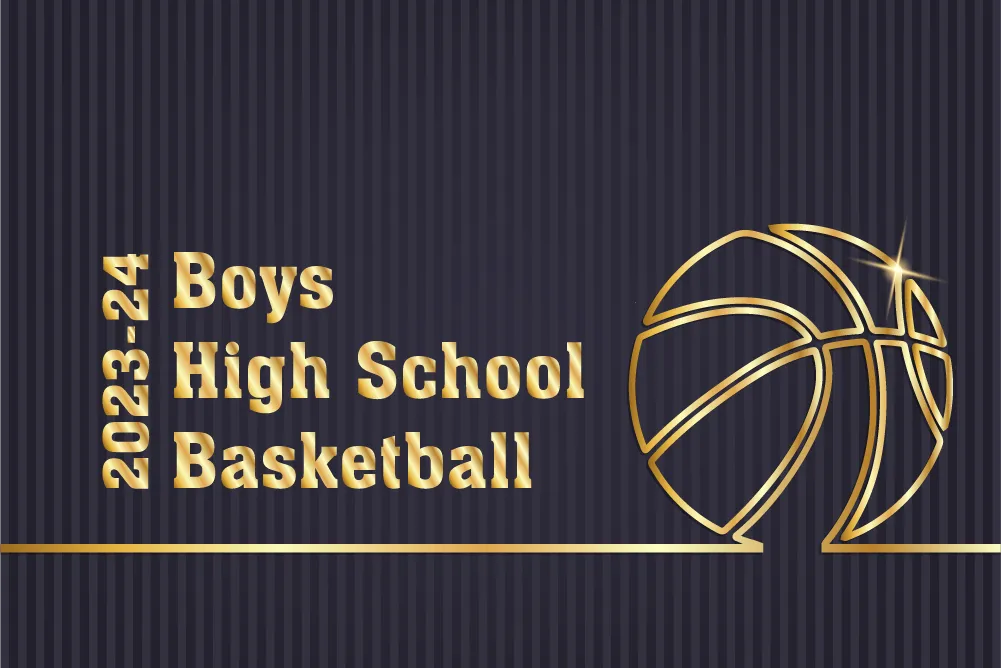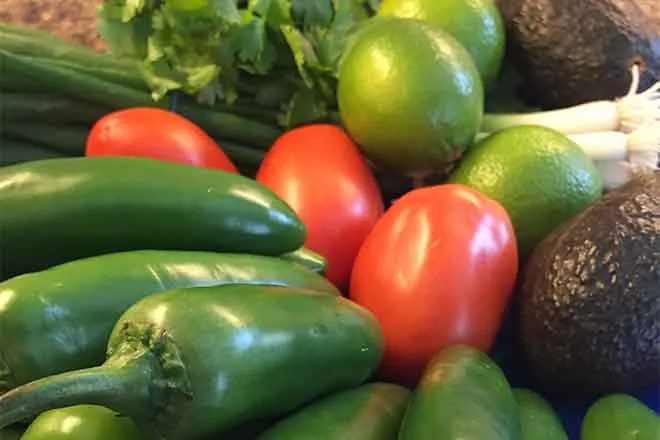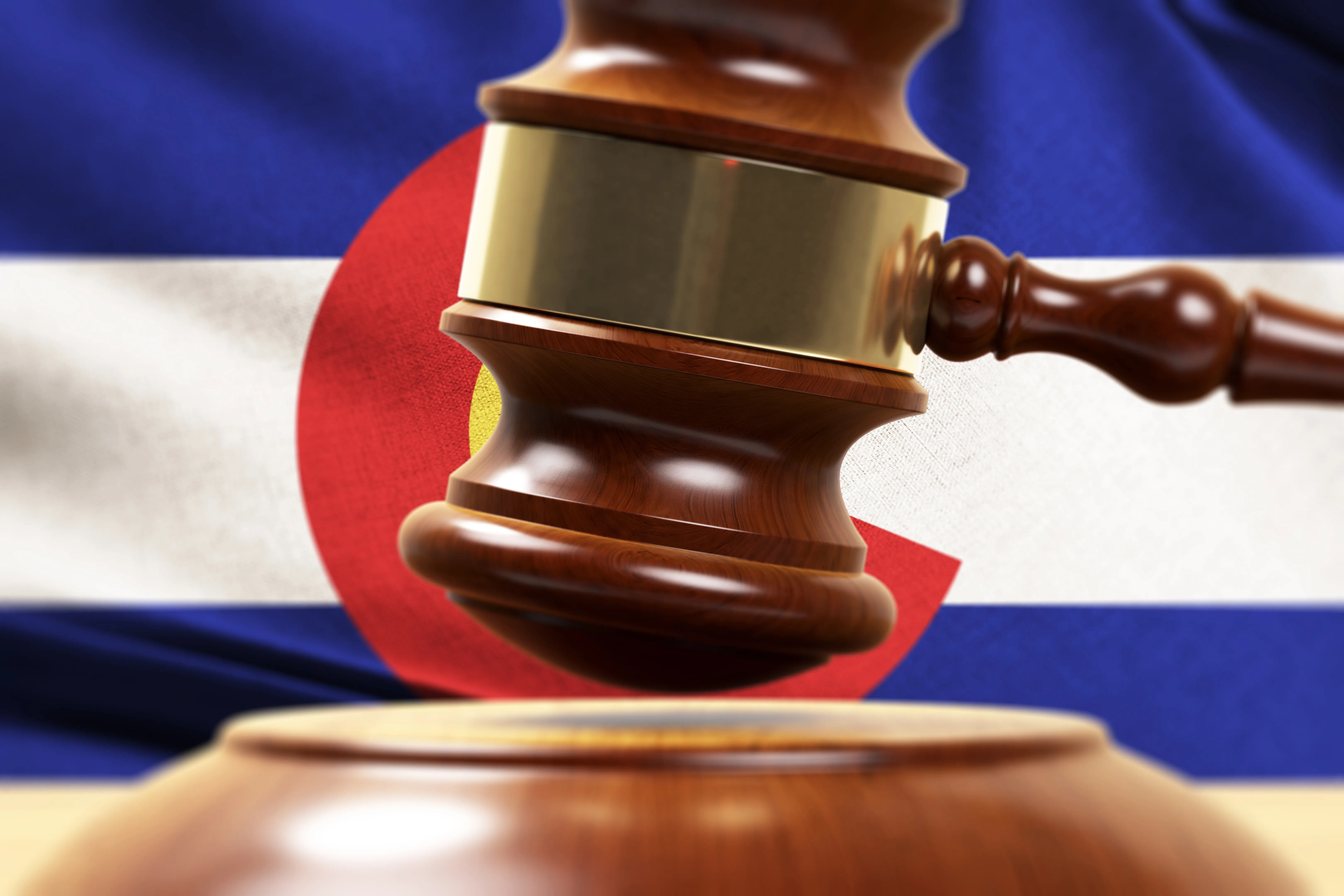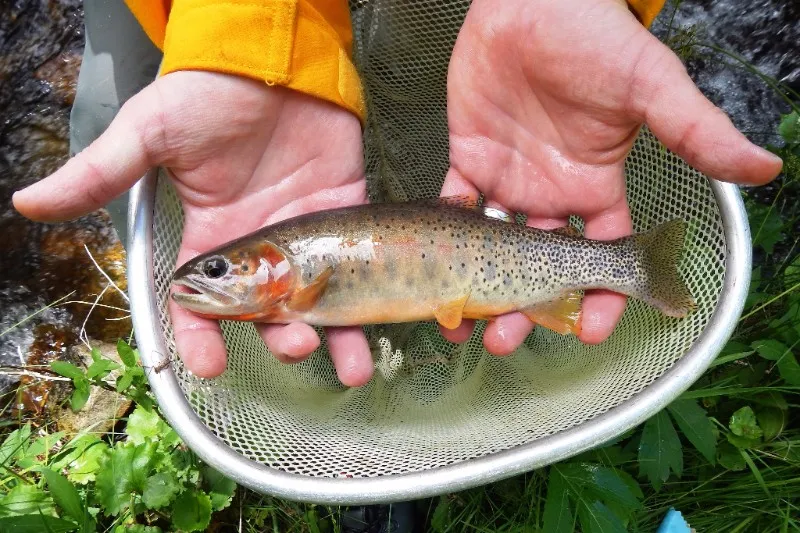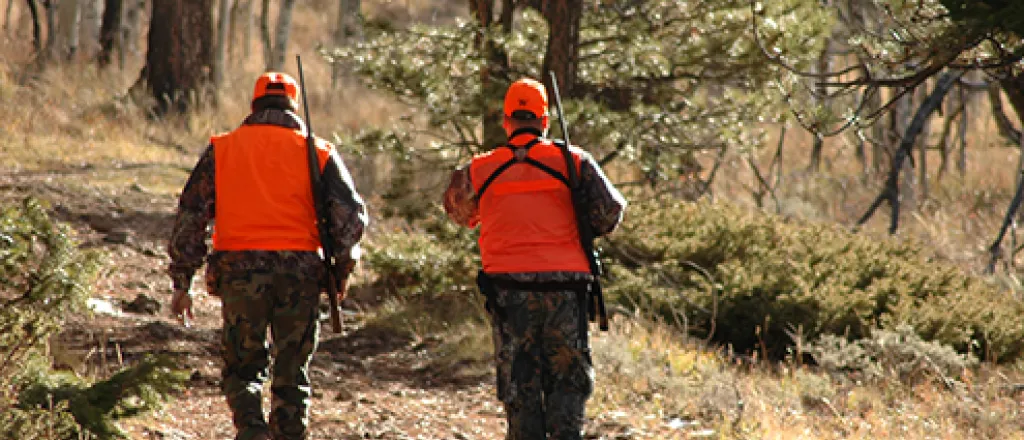
Colorado Primary Draw hunting application deadline approaching
The application deadline for Colorado’s Primary Draw hunting licenses is quickly approaching, so don't miss out on your chance to get preference points or plan the hunt of your dreams. The deadline is April 6, 2021, at 8:00 p.m. Mountain Time. Apply online at https://www.cpwshop.com/licensing.page
A primary tool used in the management of Colorado’s big-game animals is a limit, or quota, on the number of licenses issued in most game management units (GMUs). When applying for a limited license, a preference point is awarded when an individual is unsuccessful in drawing their first-choice hunt code. Preference points provide a mathematical advantage when applied to future drawings.
Some things to remember:
- Preference points are only used and gained through the primary draw.
- Preference points are awarded by species, not hunt code. A point can be used to apply for any draw license available for that species.
- A preference point is awarded for unsuccessful applications for a first-choice hunt code or for hunters using a preference point hunt code as their first choice.
- Hunt codes are an eight-character code used to designate species, sex, GMU, season and method of harvest. For example, a hunt code of E-E-050-O1-R would be for elk, either sex, GMU 50, first season, rifle.
- Use a preference point hunt code if your goal is to accumulate points for use toward a future quality hunt.
- For bear, elk, deer and pronghorn, you will accumulate preference points until you are successful in drawing a first-choice license. If you draw your first choice, your preference points drop down to zero, regardless of the minimum number of points it takes to draw in a specific unit. In other words, if it takes two points to draw a first-choice tag, and a hunter has accumulated four points, then all four preference points will be used if the first choice is drawn. There is no “banking” of preference points.
- If you do not apply or hold a license for that species at least once within 10 consecutive years for a bear, elk, deer, pronghorn, moose, mountain goat or bighorn sheep, your preference points for that species will be lost. Applying for a preference point for the species keeps your file active.
- For bighorn sheep, moose and mountain goat, an applicant can accumulate a maximum of three points. Future applications are pooled with other three-point applicants. If you are unsuccessful in the pooled drawing, a “mathematically weighted” point is awarded to increase the probability of drawing a future license. These are called weighted preference points.
- Nonresident allocations are determined by the average number of preference points a Colorado resident needed to draw a specific license during a 3-year period that ended with the 2009 drawing. For hunt codes that required six or more points for a Colorado resident to draw an elk or deer license, up to 20 percent may go to nonresidents. For hunt codes that required fewer than six points for a Colorado resident to draw an elk or deer license, up to 35 percent may go to nonresidents. Nonresident allocations may increase if licenses remain after drawing all first-choice hunt codes for Colorado residents.
The following lists show the last point at which a license was drawn for a specific hunt code in 2020. The last point drawn listed does not denote that all applicants at that level drew, but that at least one applicant at that level drew. Quotas and applicant pools change from year-to-year, so a hunt code that takes two preference points to draw in 2020 may take more (or less) the following year. Unsuccessful applicants will be awarded a preference point for use in future drawings.
- A Colorado Habitat Stamp is required in order to buy or apply for a license. The Habitat Stamp may be purchased online, by phone or at any Colorado Parks and Wildlife office or license agent.
- New units in 2021 will not be listed in the following tables because they do not have any data from previous years.
How long will it take to draw a license?
Statistics from previous years may be used to estimate the approximate time required to successfully draw a license. For example: If a unit allowed 20 licenses with 60 applicants, zero preference points are required, 40 were unsuccessful. These 40 were awarded a preference point.
Assuming that the quota for this unit remained the same for the next year, and these 40 apply, 20 will draw a license using their preference point and 20 will be awarded a second point. An applicant with no points may be able to draw a license in three years if this pattern persists.
Things to know when reading the lists:
Float — Quotas marked with “Float” indicate licenses of the same sex that are shared between two or more seasons.
+ = A plus sign means additional GMUs are included in this hunt code.
Res. = Resident points.
NR = Nonresident points.
RFW = Ranching for wildlife.
Preference-point requirements can be found at the Colorado Parks and Wildlife website by clicking the “Things To Do” link, proceeding to the “Big Game” link under the “Hunting” heading and finding the information under the “Hunting Statistics” link. There are separate tables for each species. Preference-point requirements have the ability to change dramatically from year to year based upon the number of applications and the number of licenses issued for each unit, but usually don’t vary much from year to year. Visit the website at: cpw.state.co.us/bg-stats.

